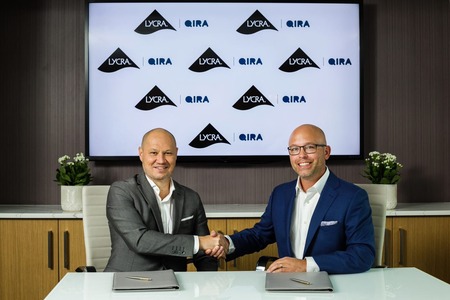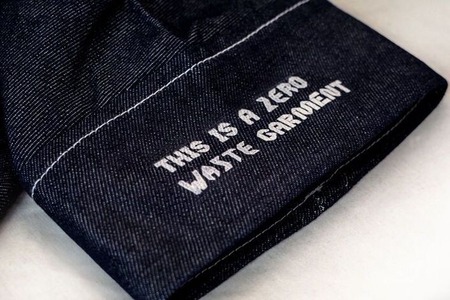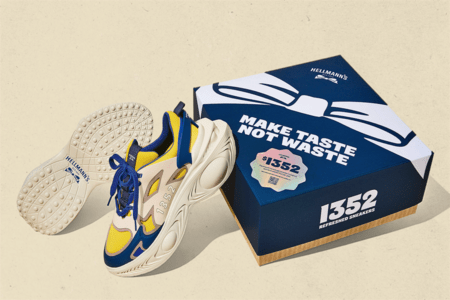
Sustainable textile pigment transfer system by Mimaki
YarnsandFibers News Bureau 2023-06-14 16:41:40 – NetherlandsThe Textile Pigment Transfer Printing System, developed by Mimaki, streamlines the printing process and uses less water. Furthermore, because of its tiny size and low cost, small lot textile production can be performed locally with a greatly decreased environmental impact. The Transfer System, the Textile Pigment Ink, and the Textile Pigment Transfer paper, Texcol, are the three key components of the system.
"Texcol is a revolutionary transfer paper pioneered by Dutch paper manufacturer, Coldenhove that allows for transferring a digital print using an environmentally friendly 3-step transfer process to create a vibrant application on a wide range of materials, including natural fibres,” Mimaki said.
According to Arjen Evertse, GM sales at Mimaki Europe, the pre- and post-dyeing procedures for natural fibres generate an alarming quantity of wastewater, almost 2 billion tonnes daily worldwide, and significantly increase CO2 emissions.
“In addition, the dyeing process is complicated in terms of equipment structure and process and often, overseas transportation of textile products from the main textile-producing countries also emits CO2.
The innovative Neo-Chromato Process from Mimaki, which revolutionises the reuse of coloured polyester textiles, is also making its debut.
The textile industry is facing a serious disposal problem as a result of rising sustainability awareness; of the 92 million tonnes of textile waste produced worldwide, over 60% comes from polyester textiles. Currently, only 15% of this massive volume of polyester trash is recycled. The Neo-Chromato Process from Mimaki uses a dye sublimation ink discolouring technique to directly address this problem. This method not only does away with the requirement for burning polyester trash, but also lessens the energy needed for recycling textiles.
“By de-colorizing polyester textiles that have been dyed using dye sublimation technologies, this innovative process allows materials to be re-printed or dyed immediately, contributing to a smaller circular economy. There is no limit to how many times reused polyester can be treated with the Neo-Chromato Process and the process itself minimizes water usage and pollution by enabling the disposal of the absorbent paper and de-coloring solvents used in the process as burnable waste.”
Market Intelligence
Ask for free sample Report

experience
Customer Base
dedicated team
Countries Served Worldwide







![Freitag unveils new Mono[P6] circular backpack](https://www.yarnsandfibers.com/wp-content/uploads/2024/04/Freitag.jpg)

